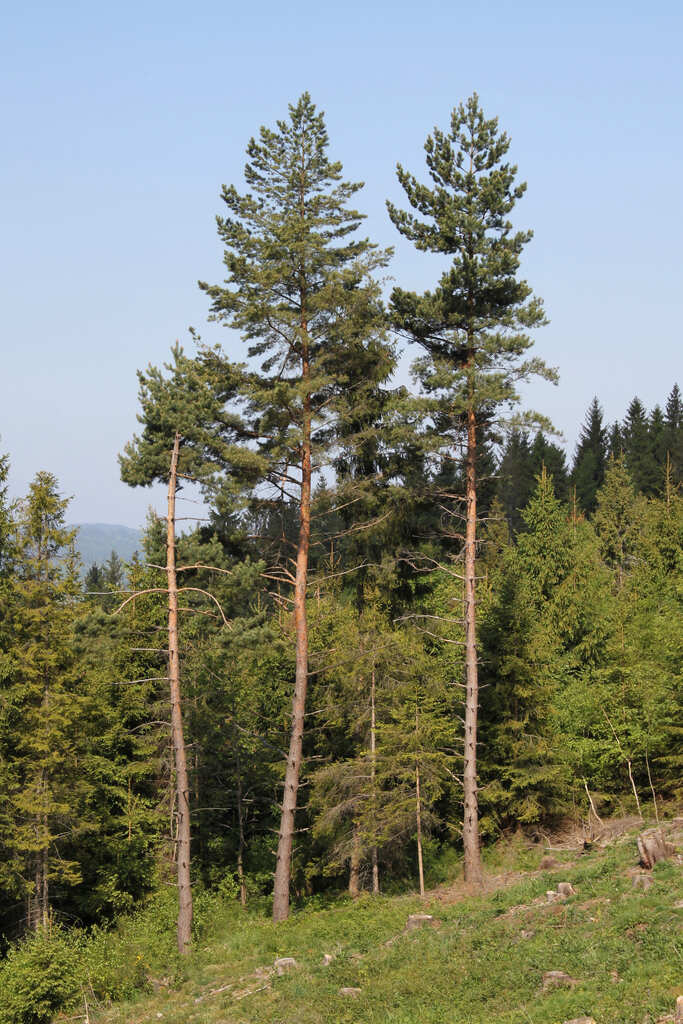The American Sweetgum Tree (Liquidambar styraciflua), also known as the “Pine Tree Gumball,” is a fascinating and versatile tree with a unique set of characteristics. From its captivating gumballs to its medicinal properties, this tree has captured the attention of botanists, gardeners, and nature enthusiasts alike.
What are the Composition of Pine Tree Gumballs?

The gumballs of the American Sweetgum Tree are composed of numerous capsules, each containing one to two small seeds. The capsules are hard, dry, and spiked, with a diameter of 25–40 mm (1–1⁄2 in). The seeds are about 6 mm (1⁄4 in) thick and winged, allowing for wind dispersal.
How do Pine Tree Gumballs Form?

The formation process of American Sweetgum gumballs involves the following stages:
- Green Fruit Stage: The gumballs are green throughout the summer, gradually drying out to become spiky brown seed-carrying hulls.
- Maturation: The gumballs mature and dry out, eventually falling from the tree branches, often in large quantities.
What are the Ecological and Biological Purposes of Pine Tree Gumballs?
The ecological and biological purposes of American Sweetgum gumballs include:
- Seed Dispersal: The gumballs contain seeds that are dispersed by wind, allowing the tree to propagate.
- Wildlife Interaction: The seeds are eaten by various bird species, such as goldfinches, purple finches, squirrels, and chipmunks.
- Medicinal Uses: The gum resin of the American Sweetgum Tree has been used for various medicinal purposes, including treating gonorrhea, diptheria, and as a pain reliever and sleep aid.
What are the Additional Uses of Pine Tree Gumballs?
- The gum resin of the American Sweetgum Tree is also known as “liquid amber” or “copalm balsam” and has been used to add a distinctive balsamic flavoring to tobacco.
- The tree’s bark and leaves have been used in traditional medicine for various purposes, including calming nerves and treating colic.
